On the morning of August 26, the Ho Chi Minh City Museum of History held a ceremony to celebrate its 45th anniversary, and also marked the 95th anniversary of the Blanchard de la Brosse Museum (formerly known as the Ho Chi Minh City Museum of History).
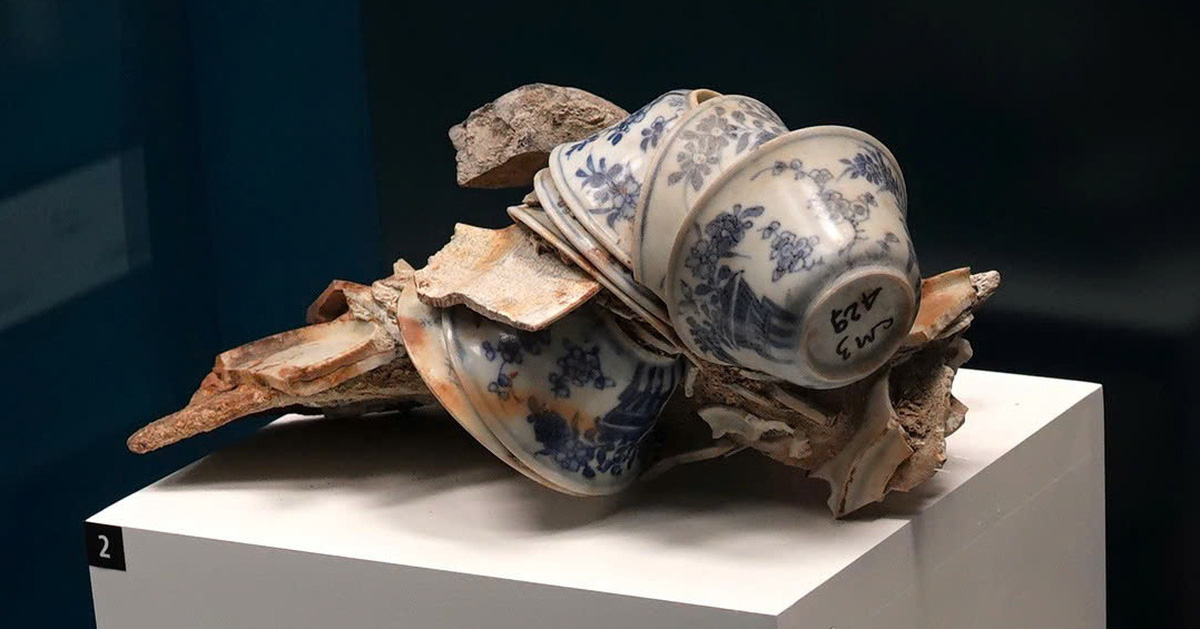
A stack of cemented dishes (blue and white porcelain) and Chinese artifacts salvaged from a shipwreck. Photo: TT
On this occasion, the Ho Chi Minh City Museum of History opened the thematic exhibition "Ancient Wonders - A Convergence of Cultures" and inaugurated the thematic exhibition room "Maritime Trade - Ceramic Heritage from Shipwrecks in the East Sea".
The thematic exhibition "Ancient Wonders - A Convergence of Cultures" introduces more than 150 typical artifacts, considered special "treasures".
These artifacts are arranged into four main thematic groups: Indian art in Southeast Asia, Chinese art, Japanese art, and Vietnamese art.
The highlight of Indian art in Southeast Asia is the types of statues and decorative reliefs influenced by Hinduism and Buddhism.
The main materials are made of stone and metal, belonging to Champa culture, Oc Eo culture and some countries in Southeast Asia (Thailand, Cambodia, Laos).
Other notable artifacts included in the exhibition include bronze sacrificial objects, gold jewelry, and wood carvings depicting Indian culture.
Coming to the exhibition Maritime Trade – Ceramic Heritage from Shipwrecks in the East Sea, the public was extremely surprised by the "huge" number of salvaged artifacts. Most of the artifacts were introduced to the public in Ho Chi Minh City for the first time.
Among them, the amount of Qing Dynasty (Ungzheng) ceramics found on the ancient shipwreck in Ca Mau is quite large. The ship carries nearly 50,000 antiques. In addition to the crew's personal belongings, the main cargo is blue-and-white porcelain, multi-colored enamel originating from the Jingdezhen (Jiangxi) and Guangzhou (China) ceramic kilns.
In addition, the crew's belongings found: lamps, basins, boxes, bronze locks, seals, inkstones, amulets, Qing Dynasty bronze coins... show that this was a ship of Chinese origin.
Besides glazed ceramics, there are also unglazed earthenwares with flared mouths, bulging bodies, and sloping shoulders in gray. Some types are quite similar to Vietnamese blue and white ceramics such as pipa vases, boxes, kendi, and jars with white glaze lids and blue and white glazes. The deep jade celadon bowls are quite similar to the jade celadon bowls of the Song Dynasty in Southern China.
The first excavation of the ancient ship (in collaboration between the Vietnam Museum of History, Hanoi and the Ca Mau Provincial Museum and the Vietnam Salvage and Rescue Company) took place from August 1998 to January 1999. The second excavation took place from April to October 1999. At a depth of 35m, the ship was almost completely intact, but through the traces left behind, the ship was about 24m long and nearly 8m wide.
Along with a large amount of Chinese ceramics from the Tang and Qing dynasties, Chu Dau ceramics, and Champa ceramics brought to the exhibition, 15th century Thai ceramics are also on display. These antiques were salvaged from a shipwreck discovered in Phu Quoc district (Kien Giang), at a depth of about 10m.
Through excavation, it can be determined that the ship is nearly 30m long and nearly 7m wide, divided into many compartments, each compartment is 1.8m wide. On the deck, pottery that has been under the sea for a long time is covered with barnacles and formed into large blocks.
The excavation yielded more than 16,000 artifacts, mostly celadon and brown-glazed pottery. Archaeologists dated the pottery to the 15th century.
Source: https://www.congluan.vn/hang-tram-co-vat-quy-hiem-lan-dau-ra-mat-cong-chung-tp-hcm-post309315.html


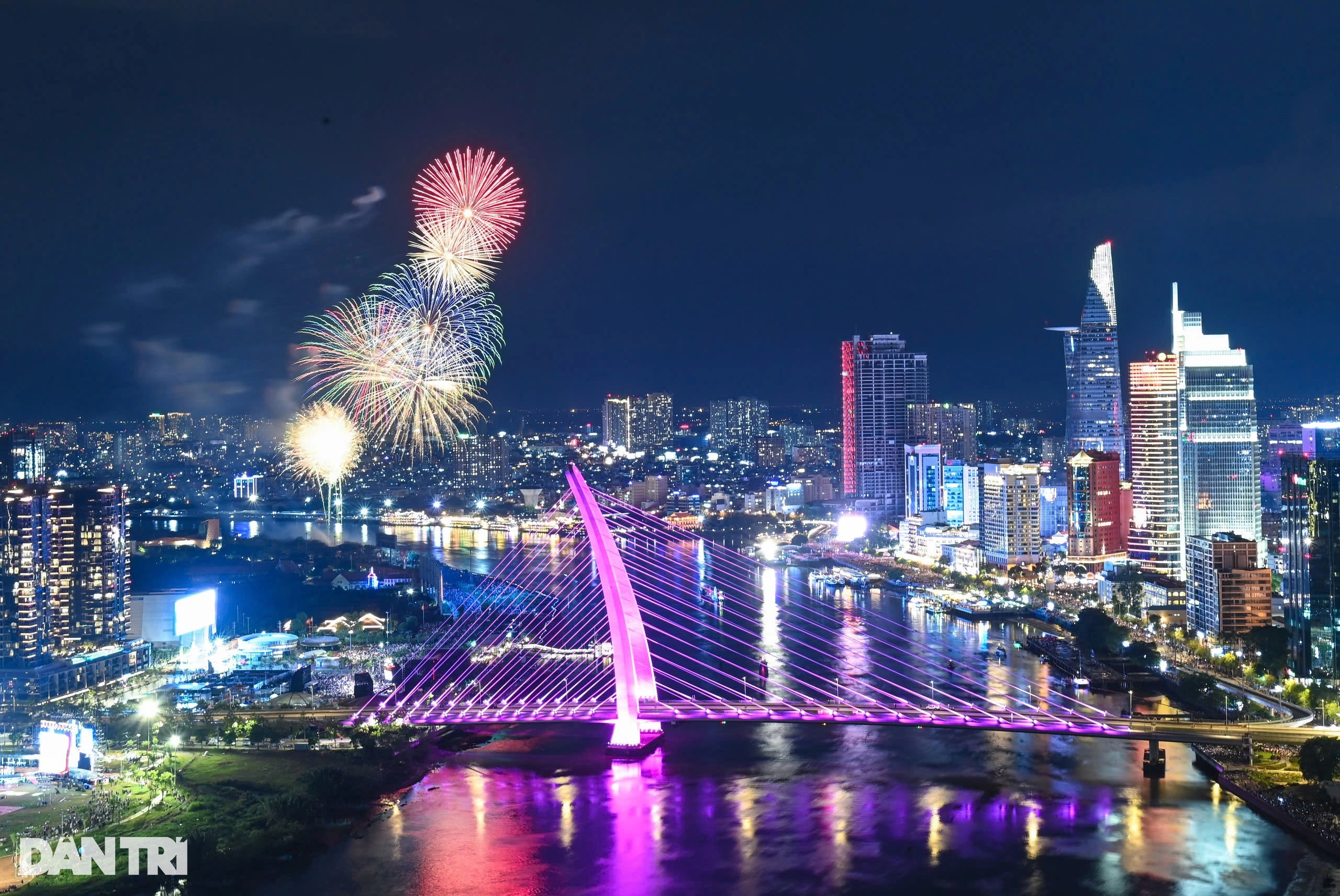

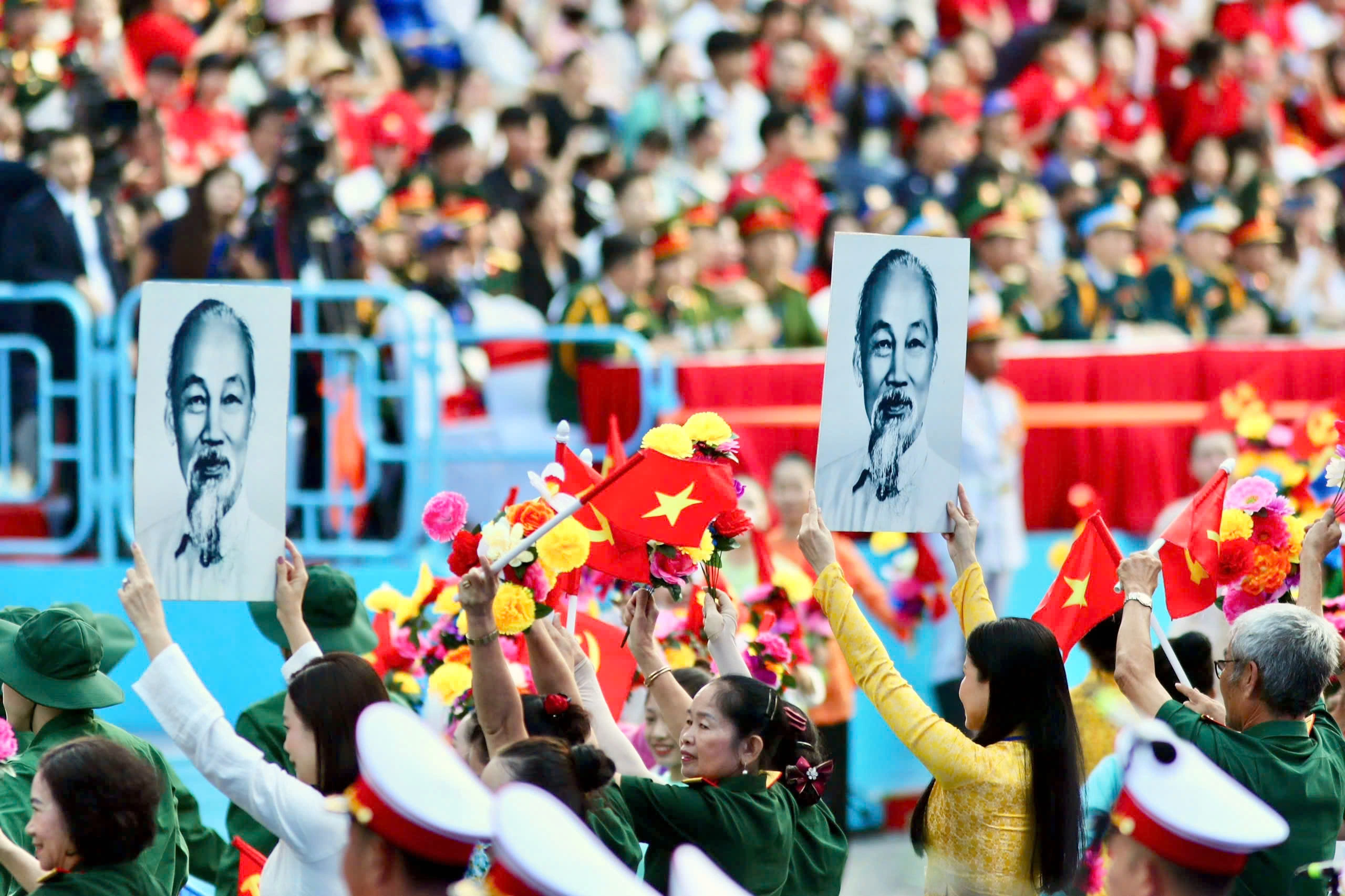

![[Photo] Spreading passion for science and technology in educational environment](https://vstatic.vietnam.vn/vietnam/resource/IMAGE/2025/4/27/059521b98e3847368f5ff4120460a500)
![[Photo] Ho Chi Minh City residents stay up all night waiting to watch the parade rehearsal](https://vstatic.vietnam.vn/vietnam/resource/IMAGE/2025/4/27/0c555ae2078749f3825231e5b56b0a75)
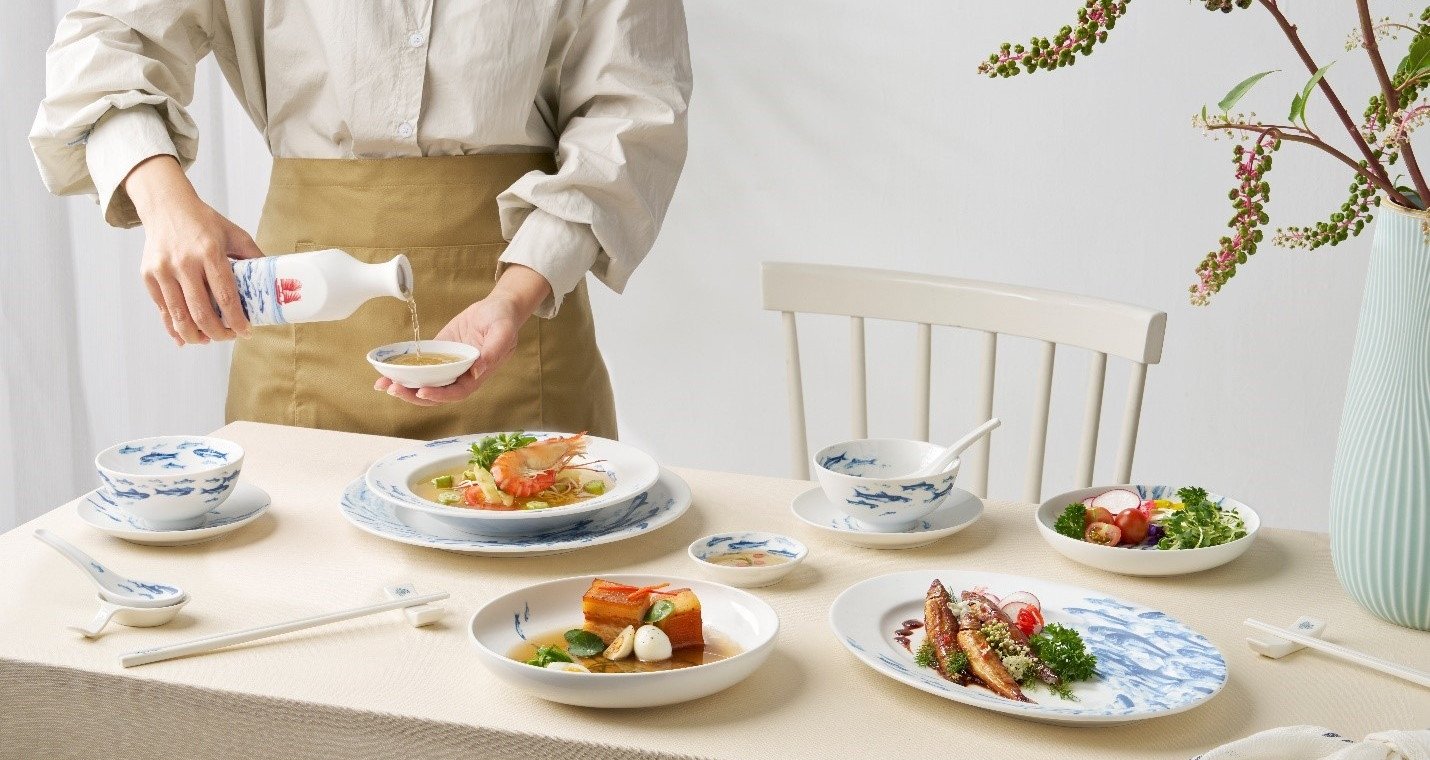

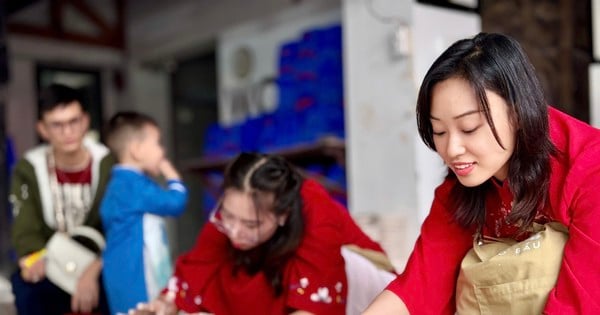

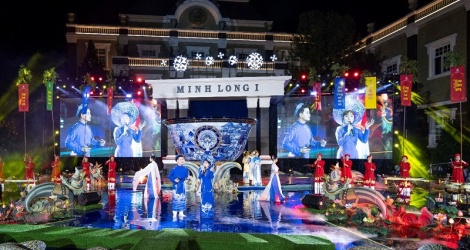

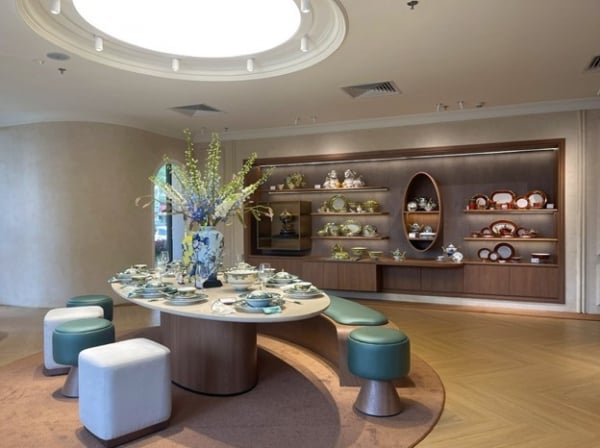

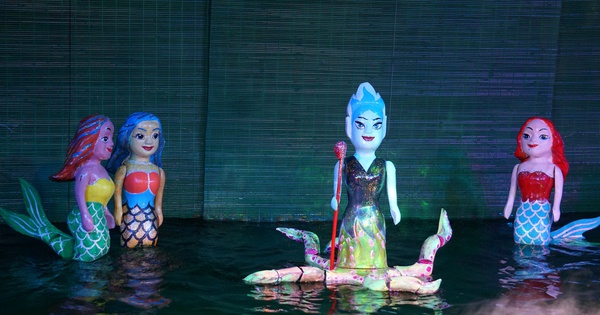

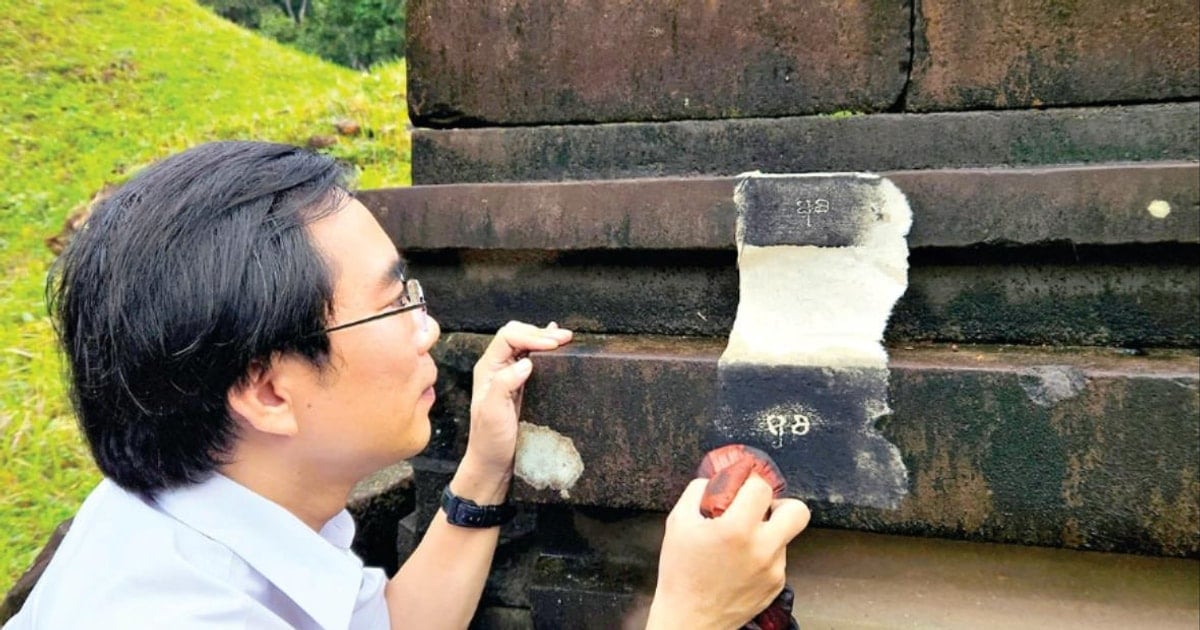

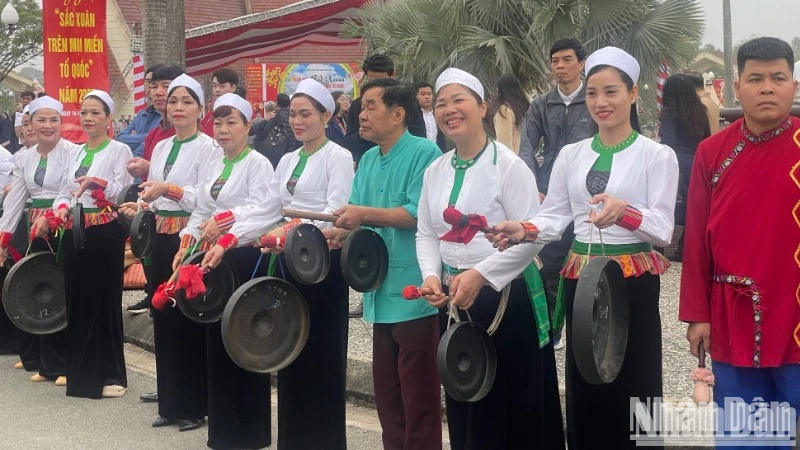
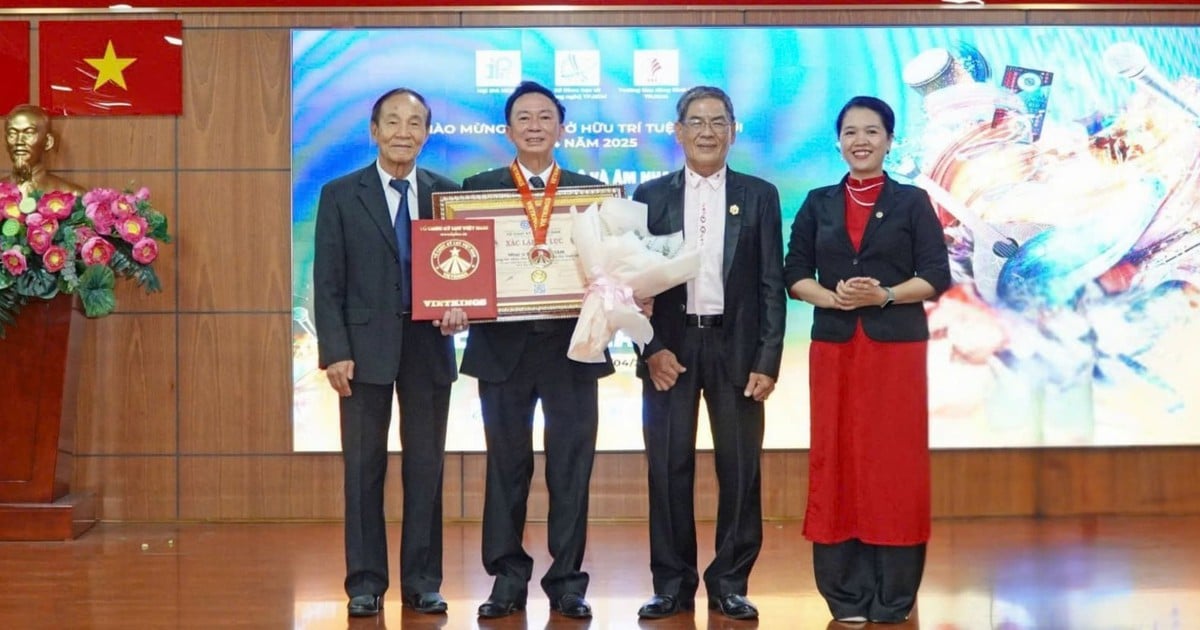

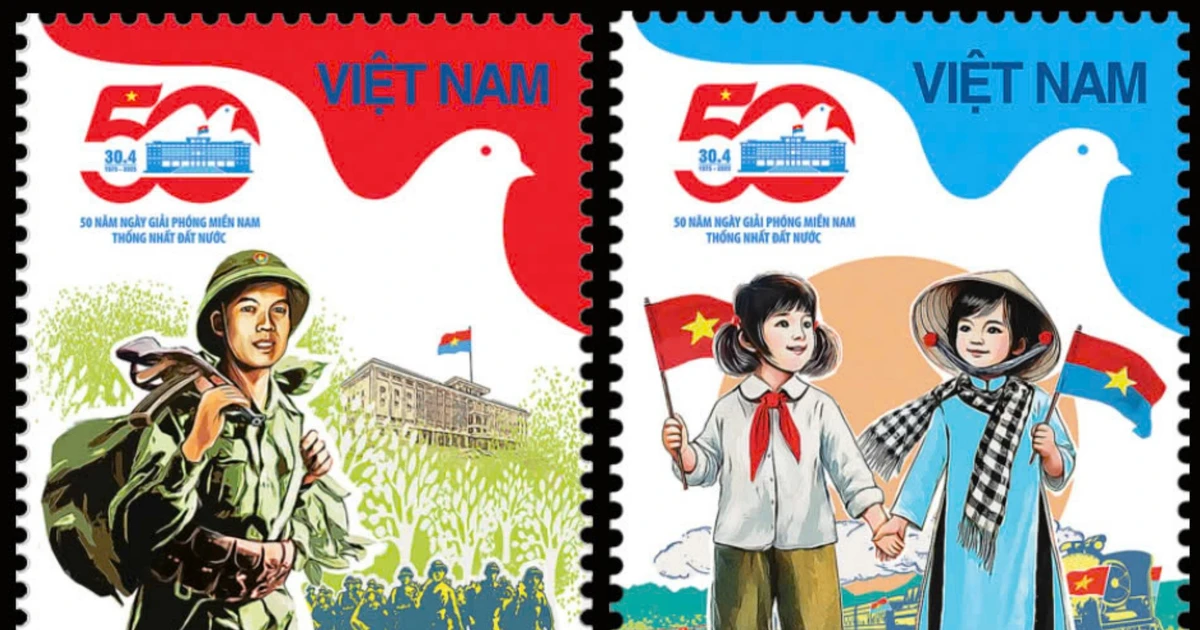

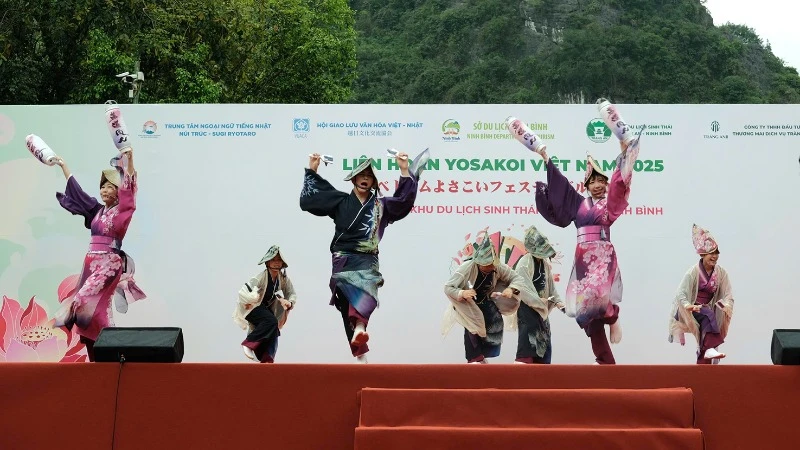
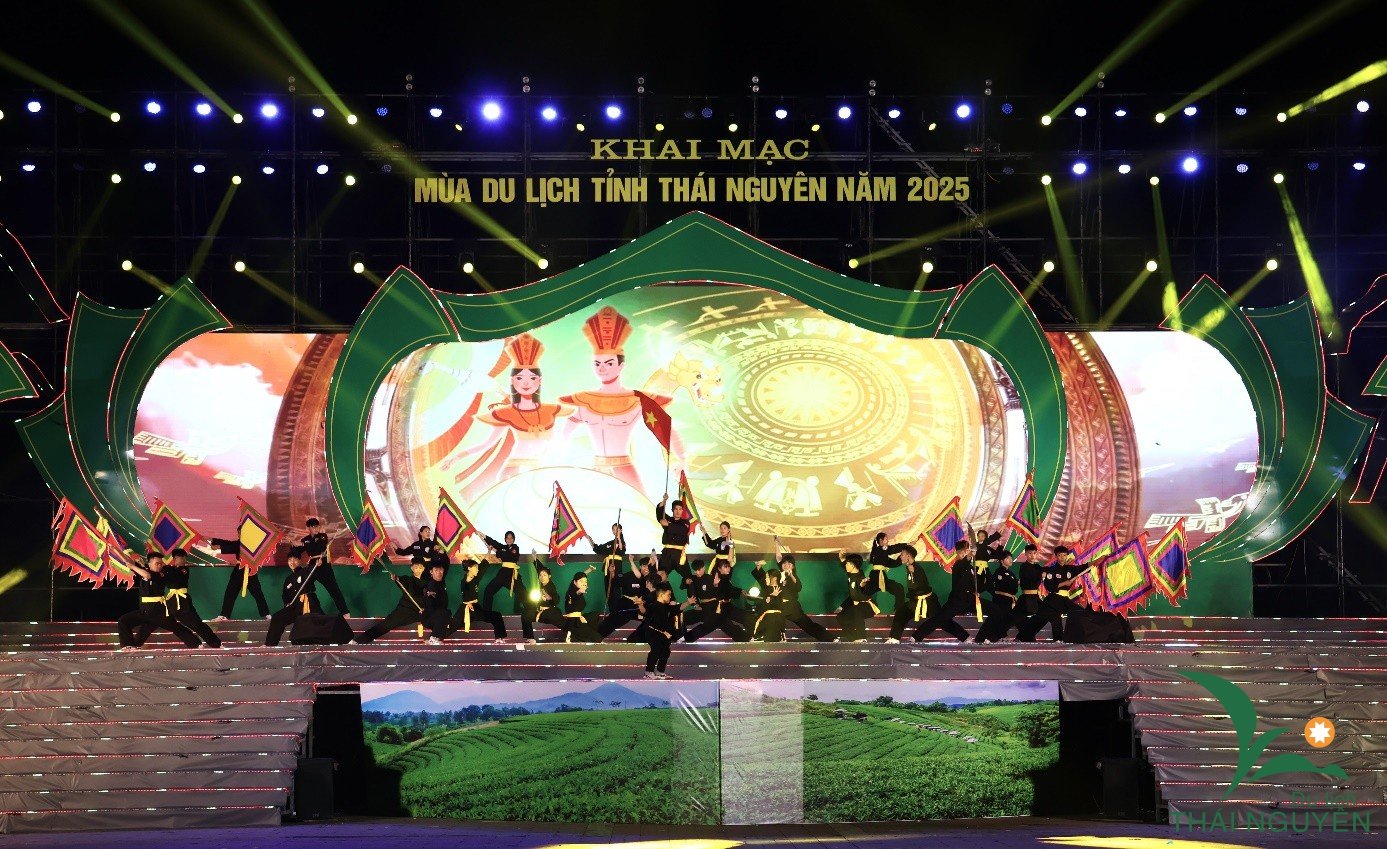


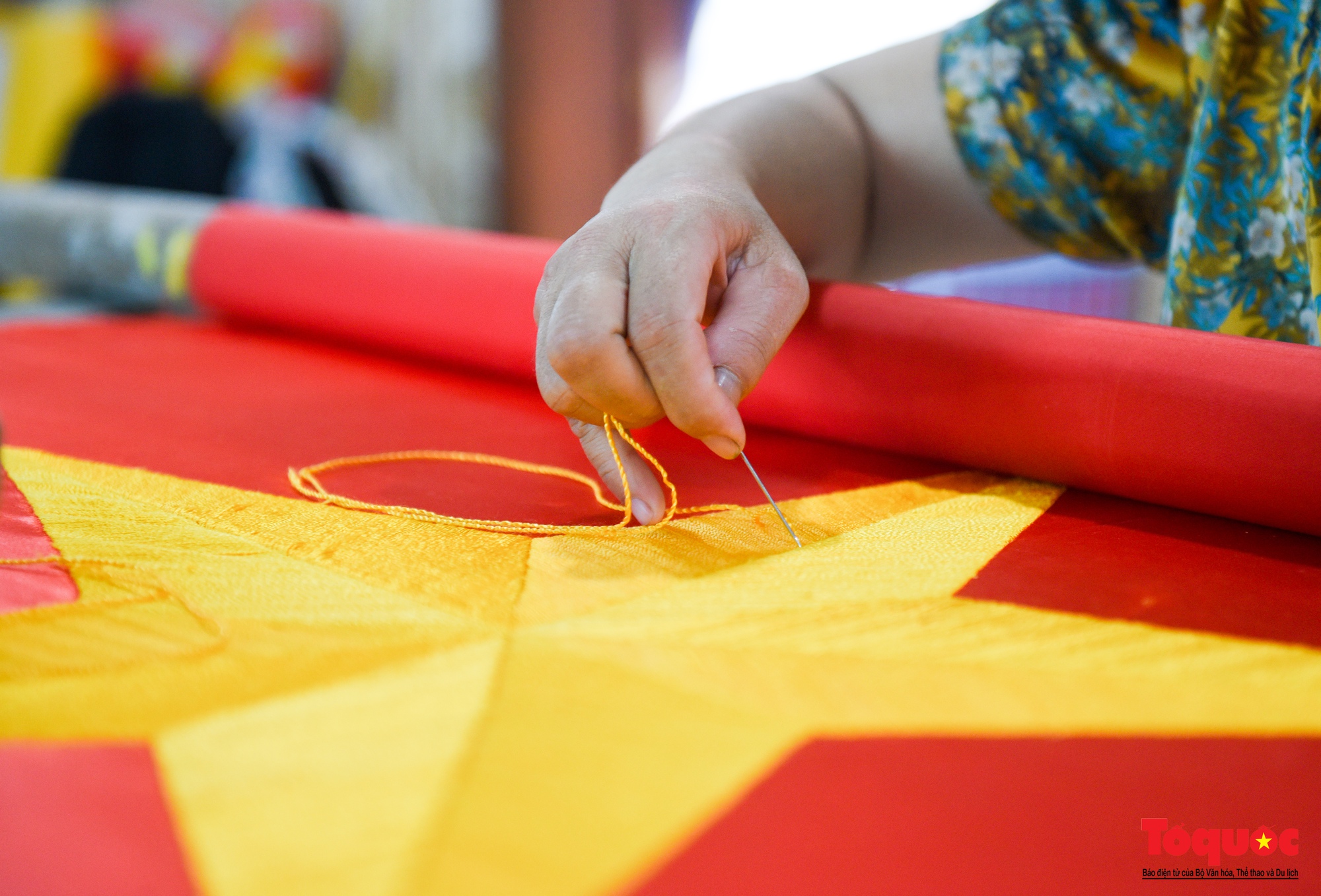


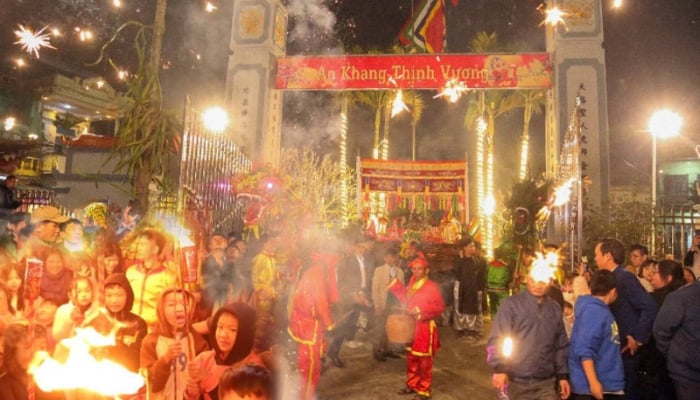
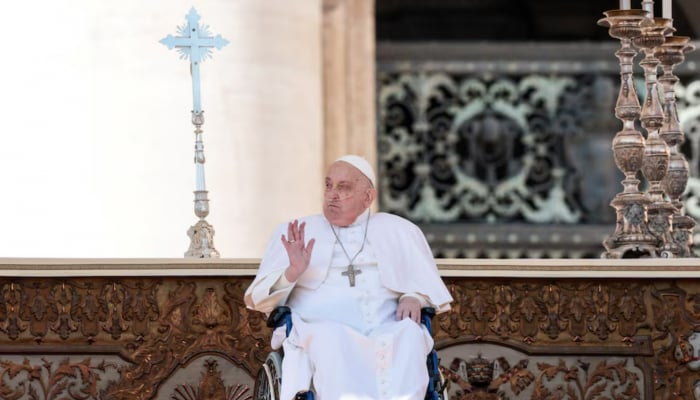
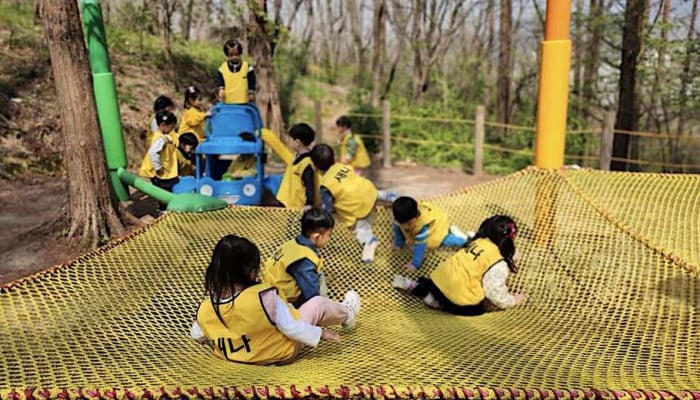
![[Photo] Young people line up to receive the special supplement commemorating the 50th anniversary of the Liberation of the South of Nhan Dan Newspaper](https://vstatic.vietnam.vn/vietnam/resource/IMAGE/2025/4/26/9e7e624ae81643eba5f3cdc232cd07a5)
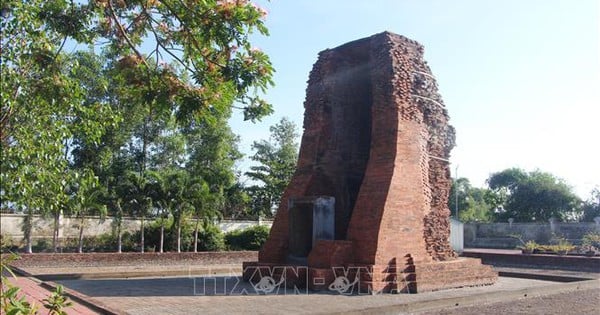
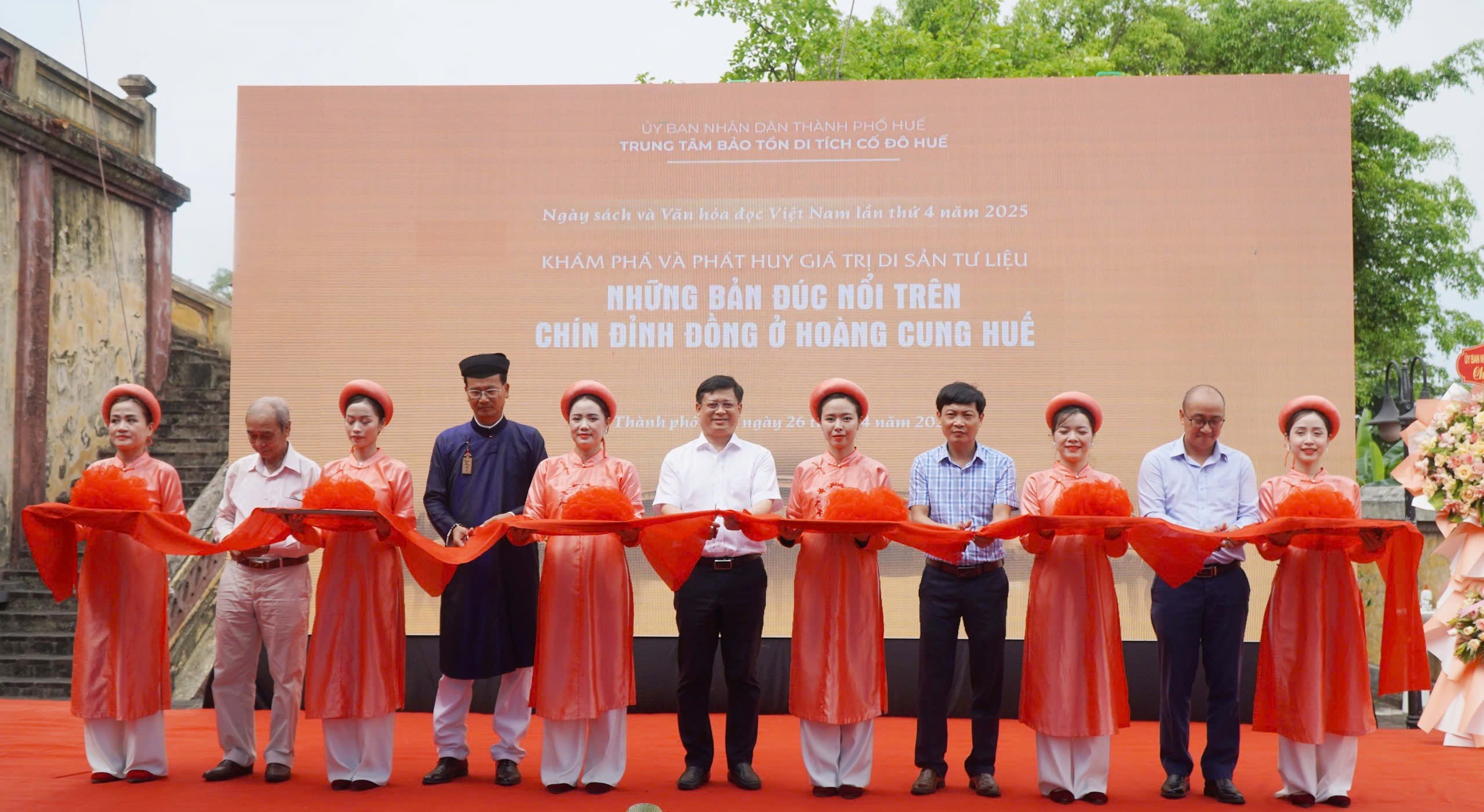

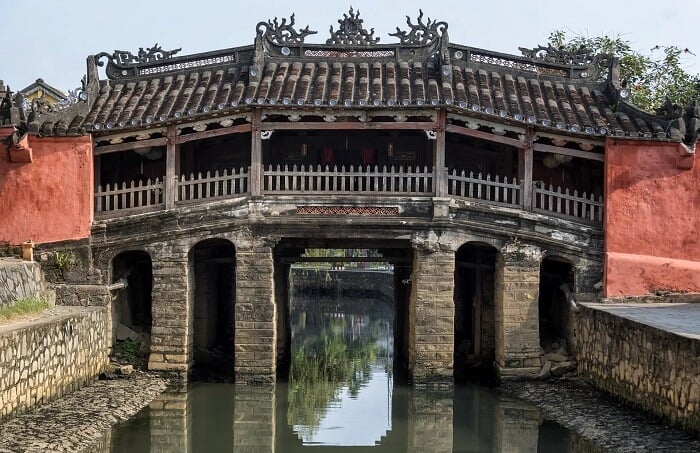

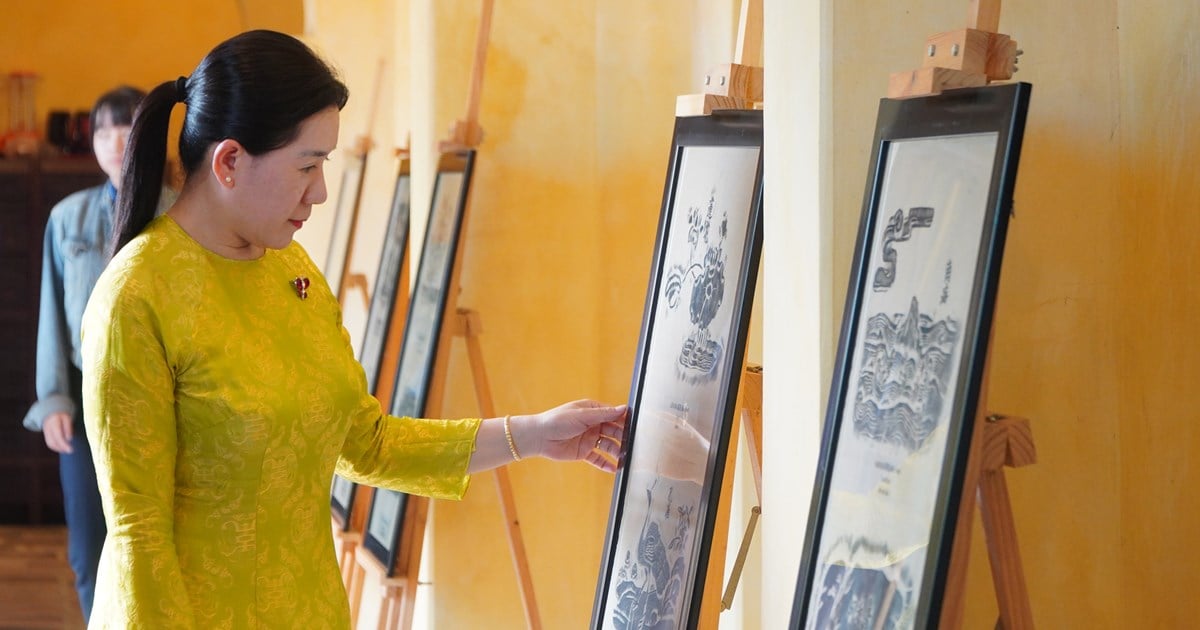



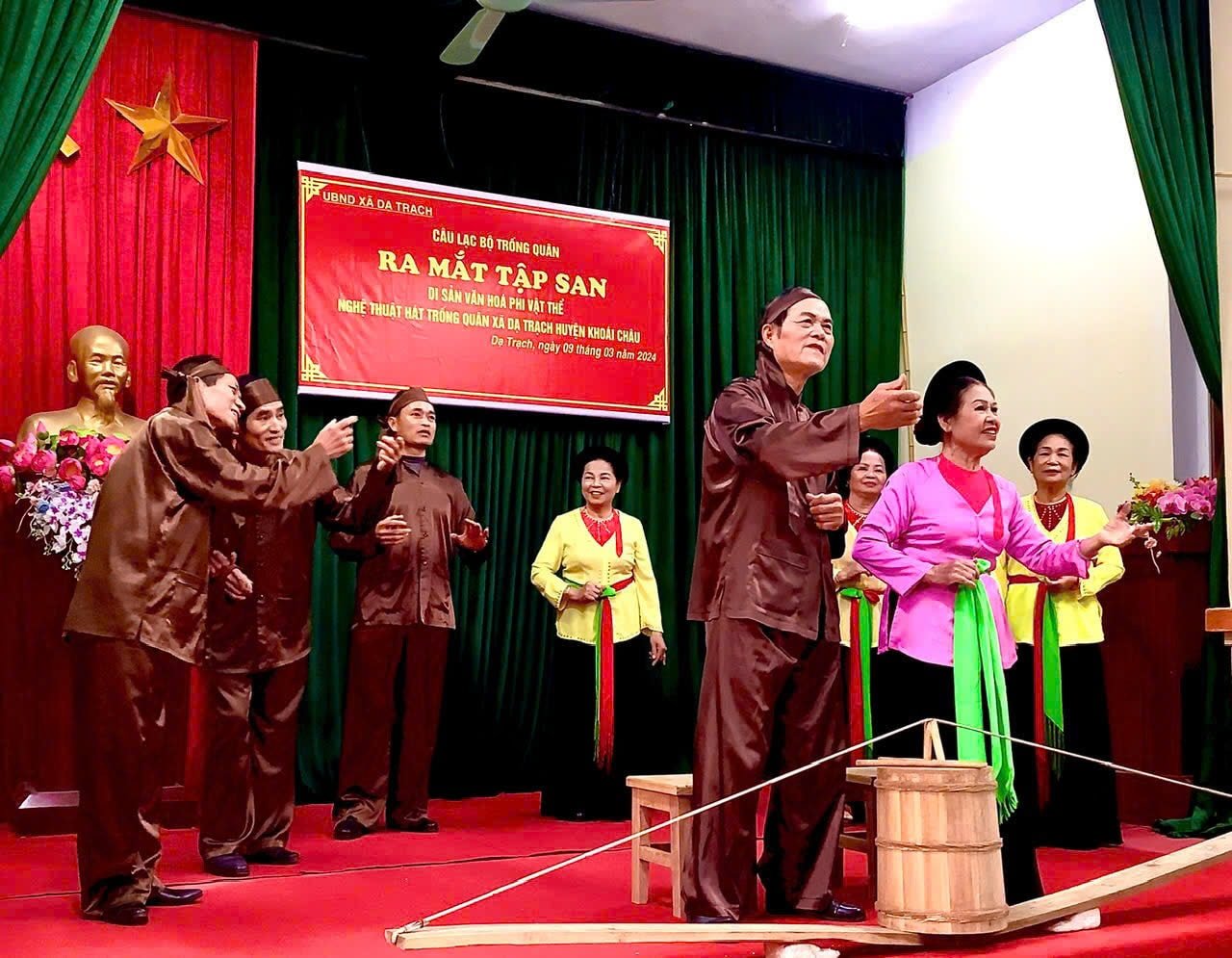

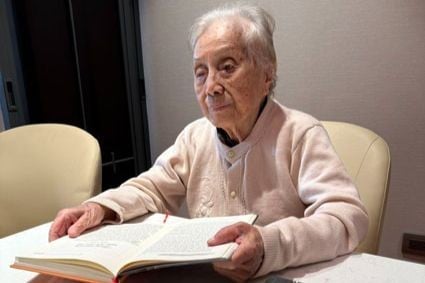





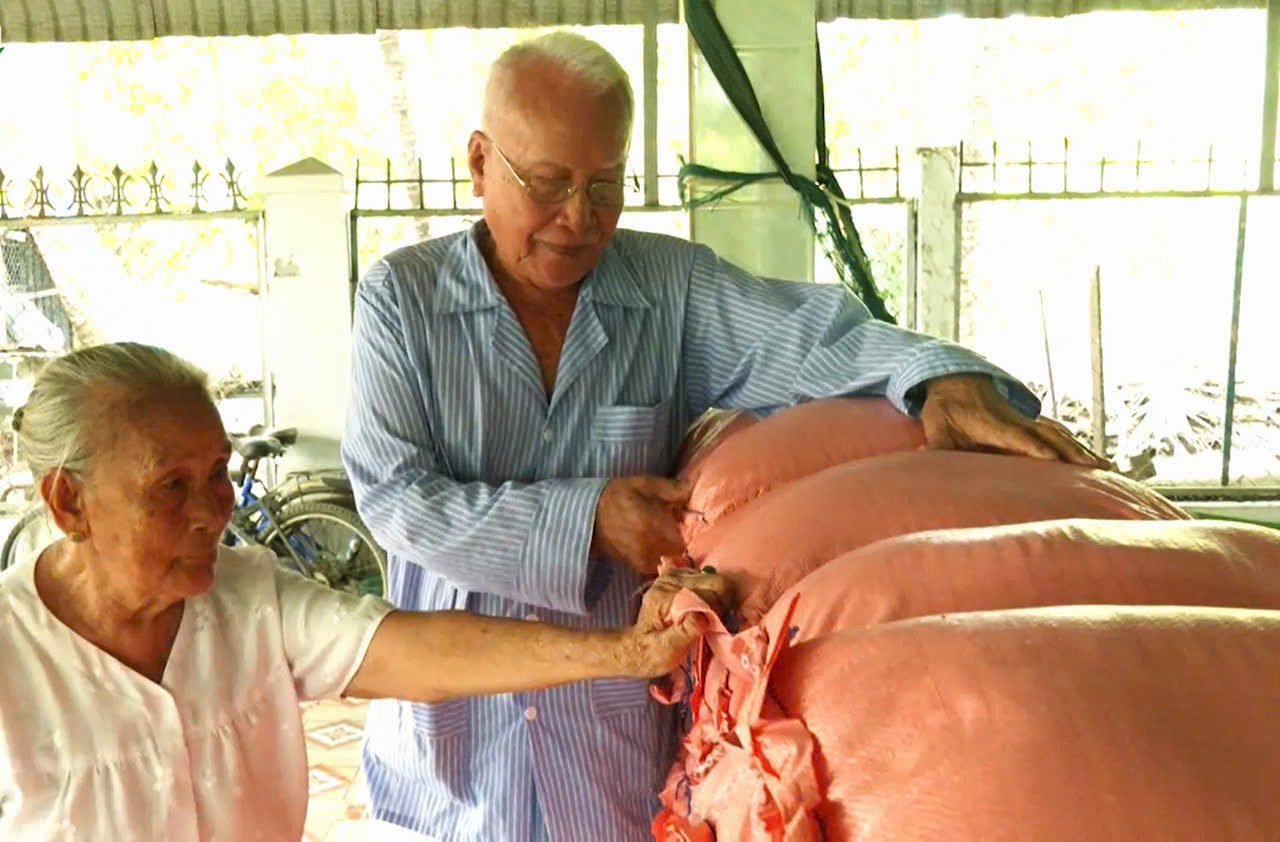

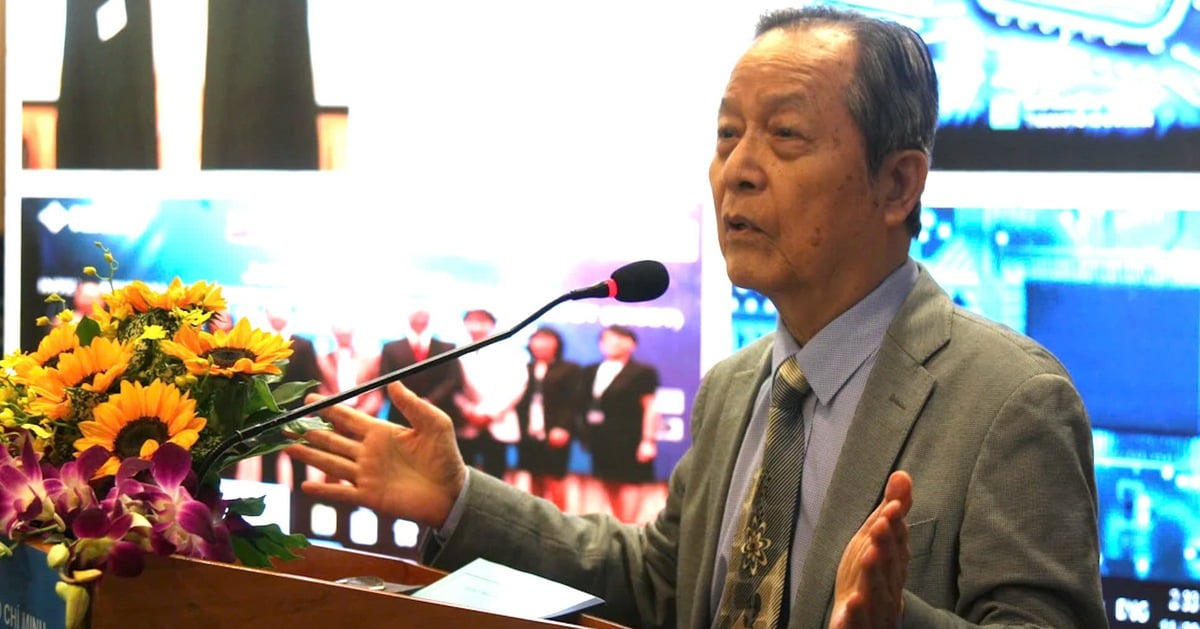
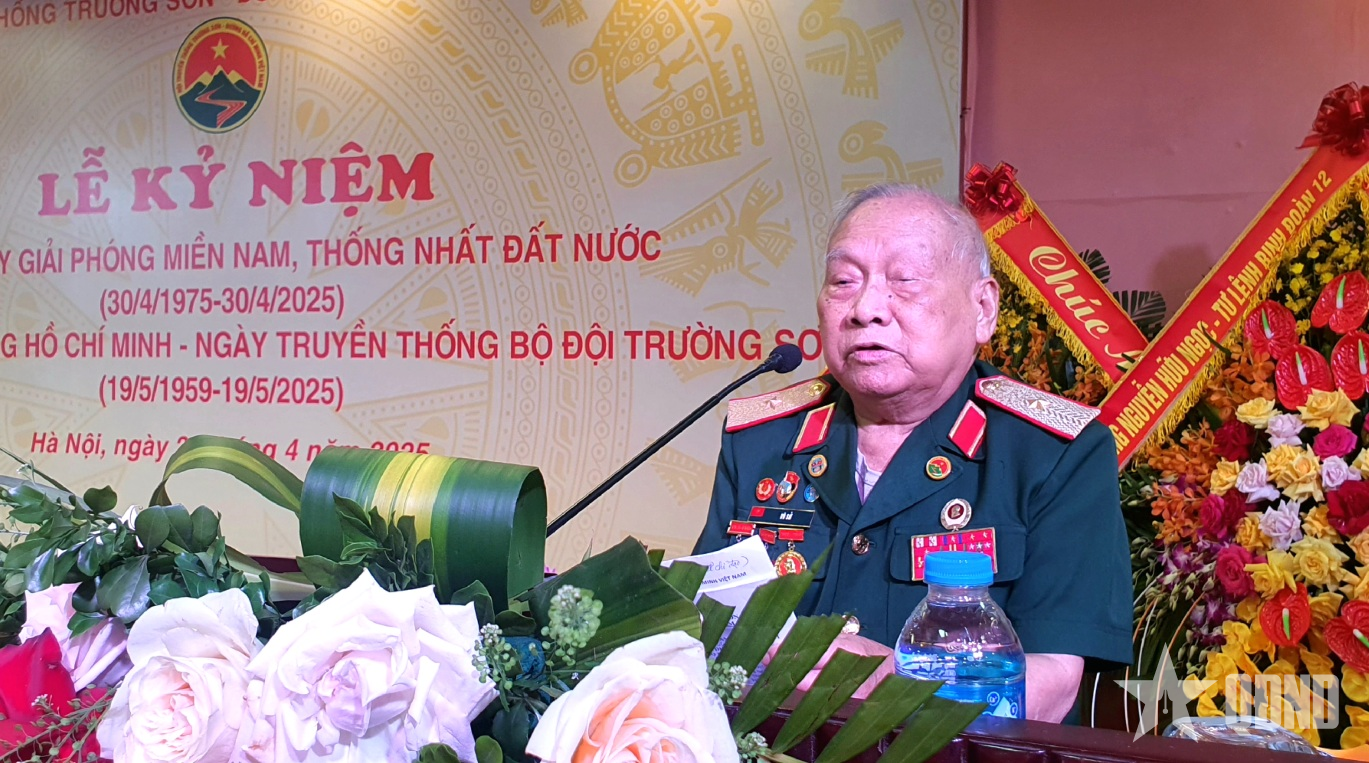



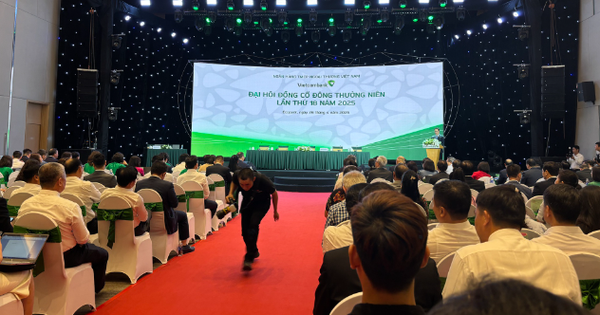




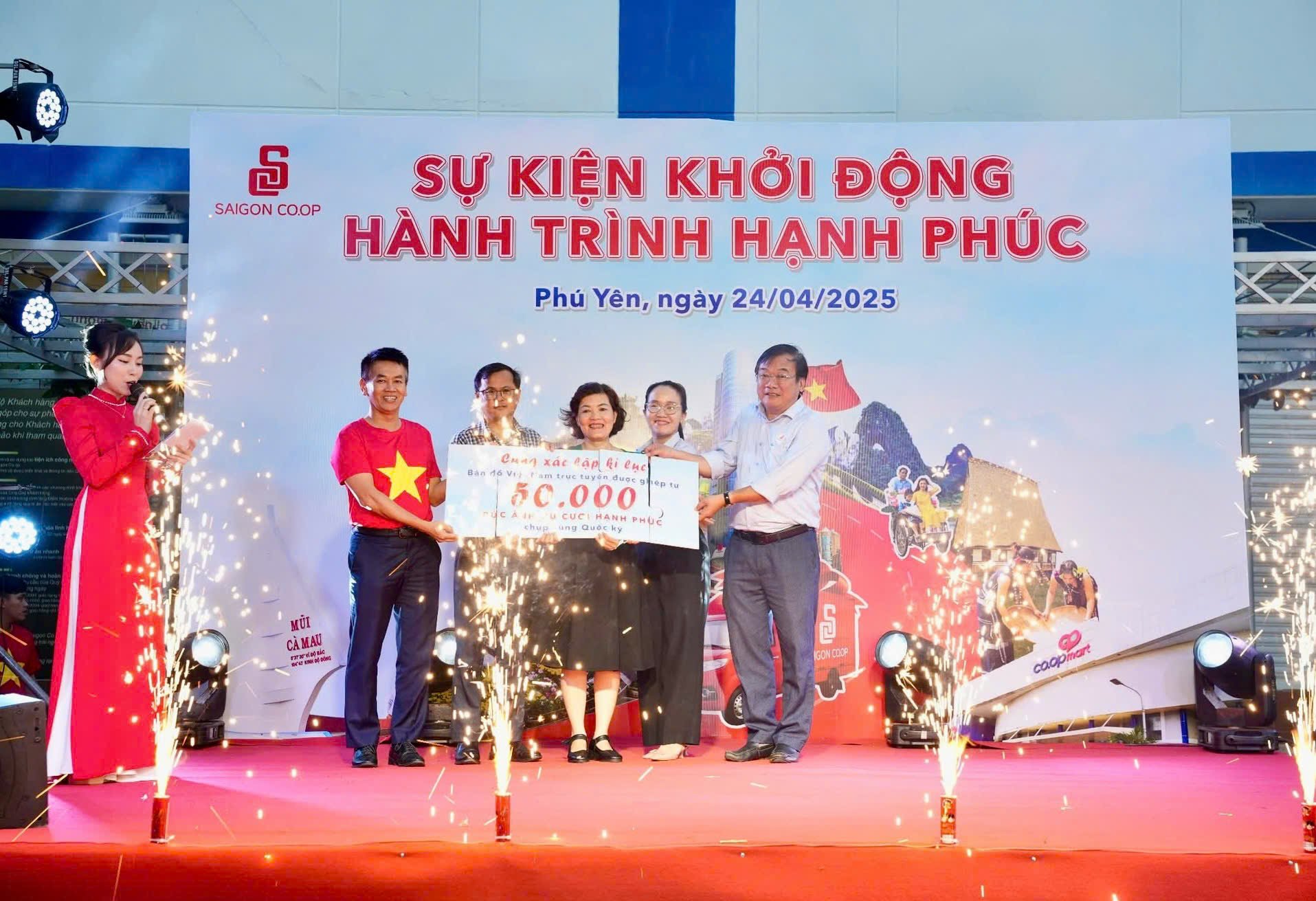




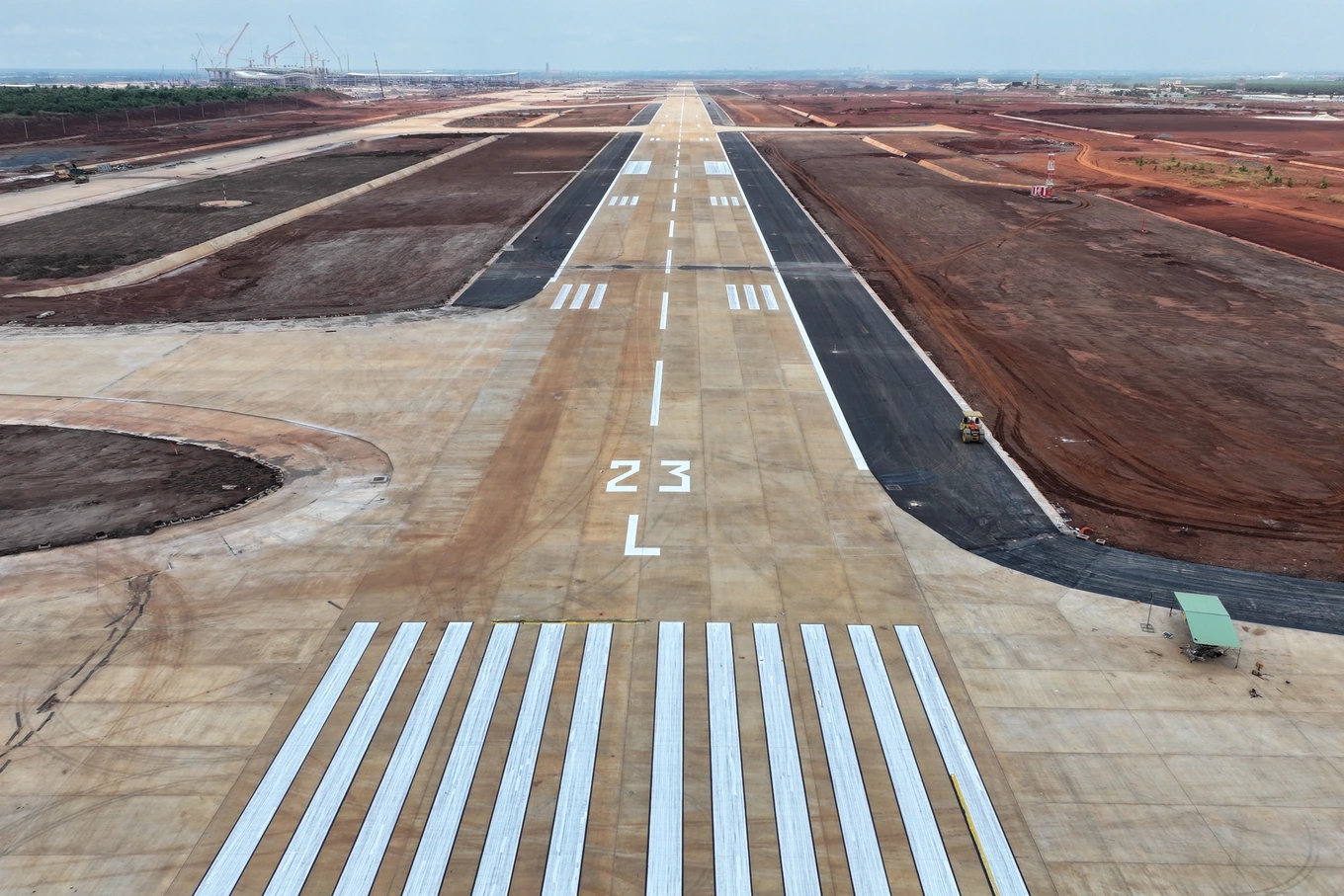
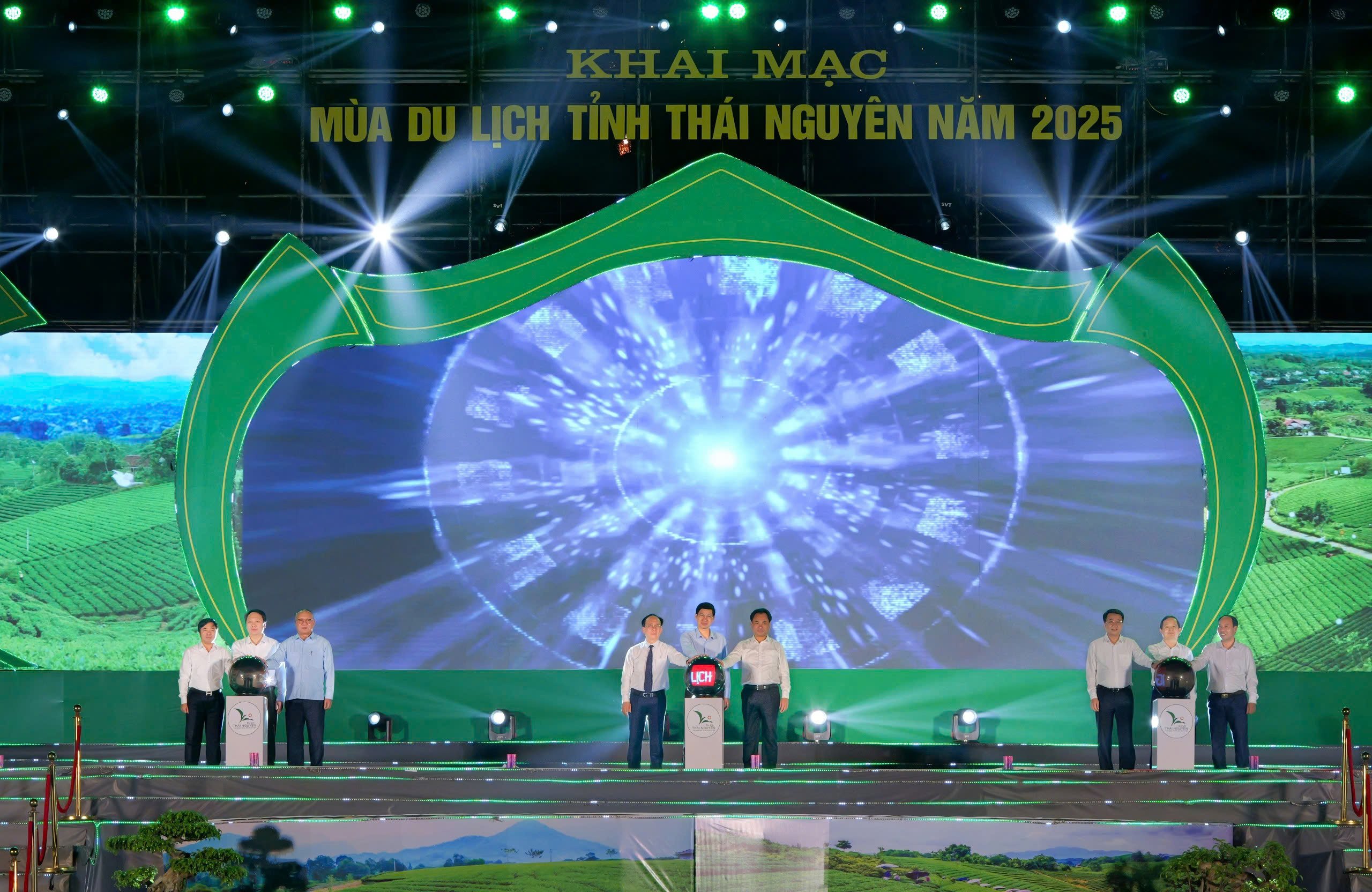


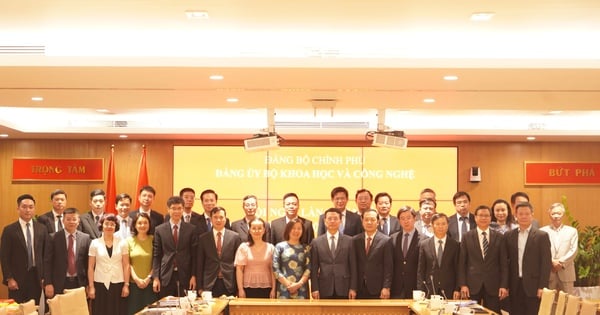

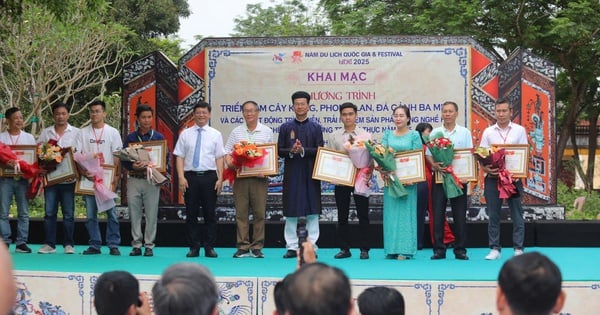

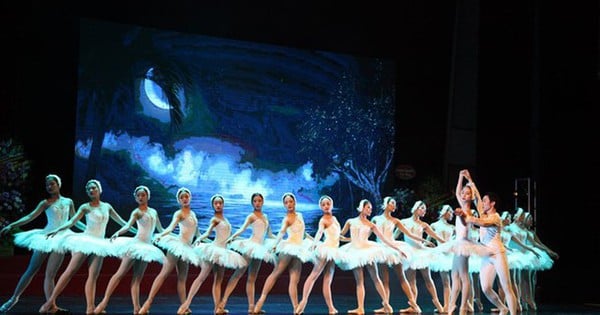
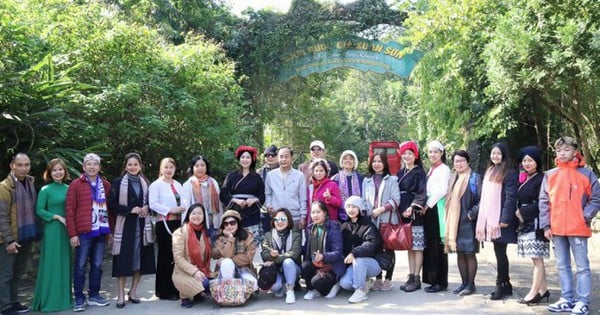
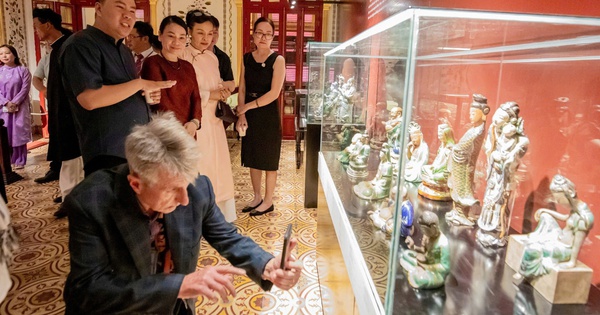



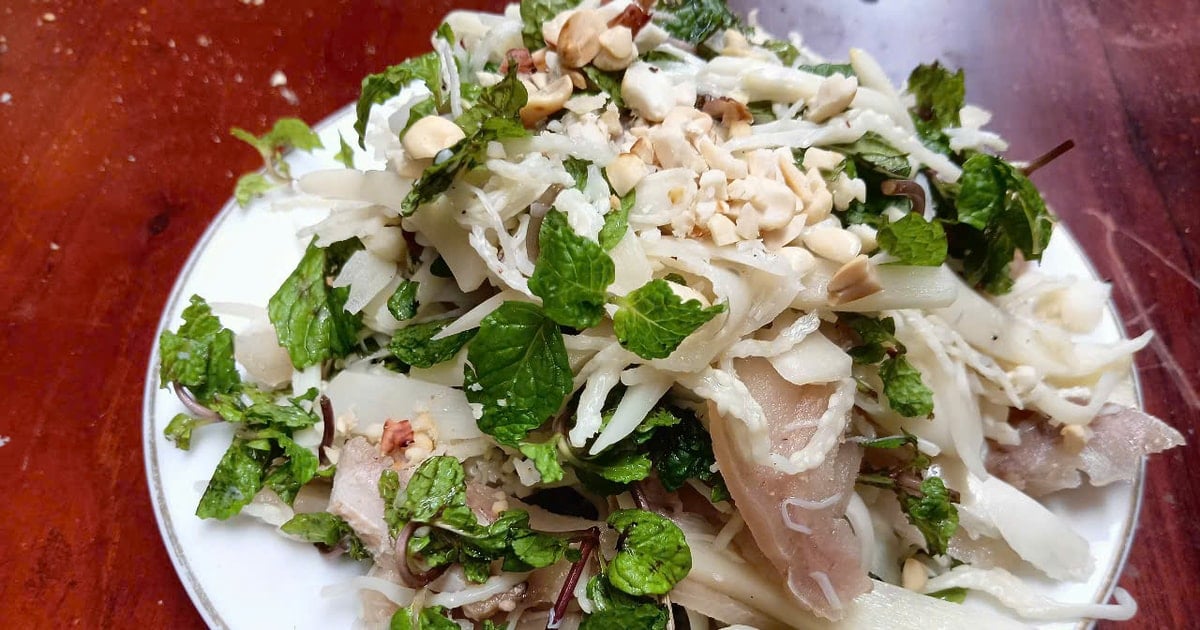

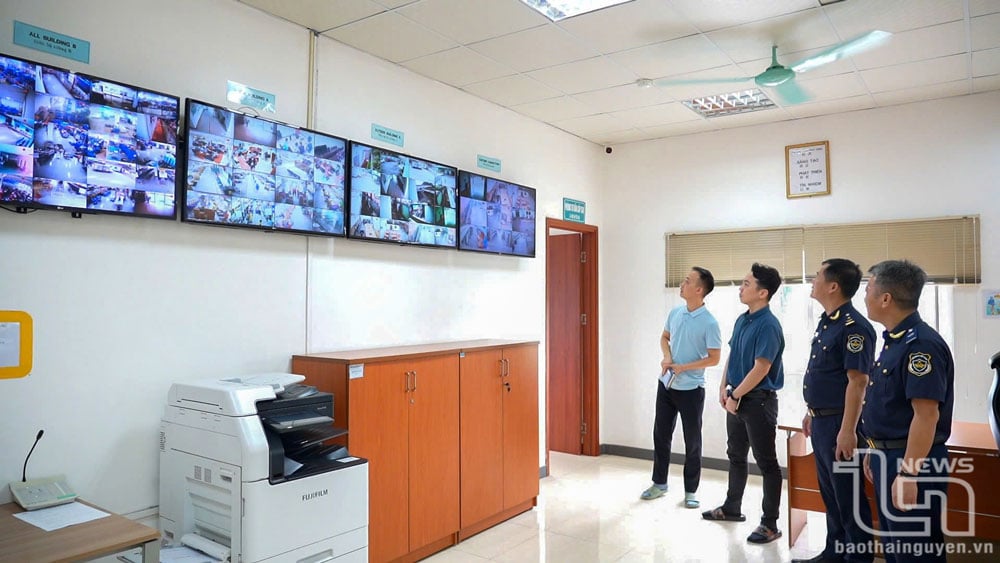

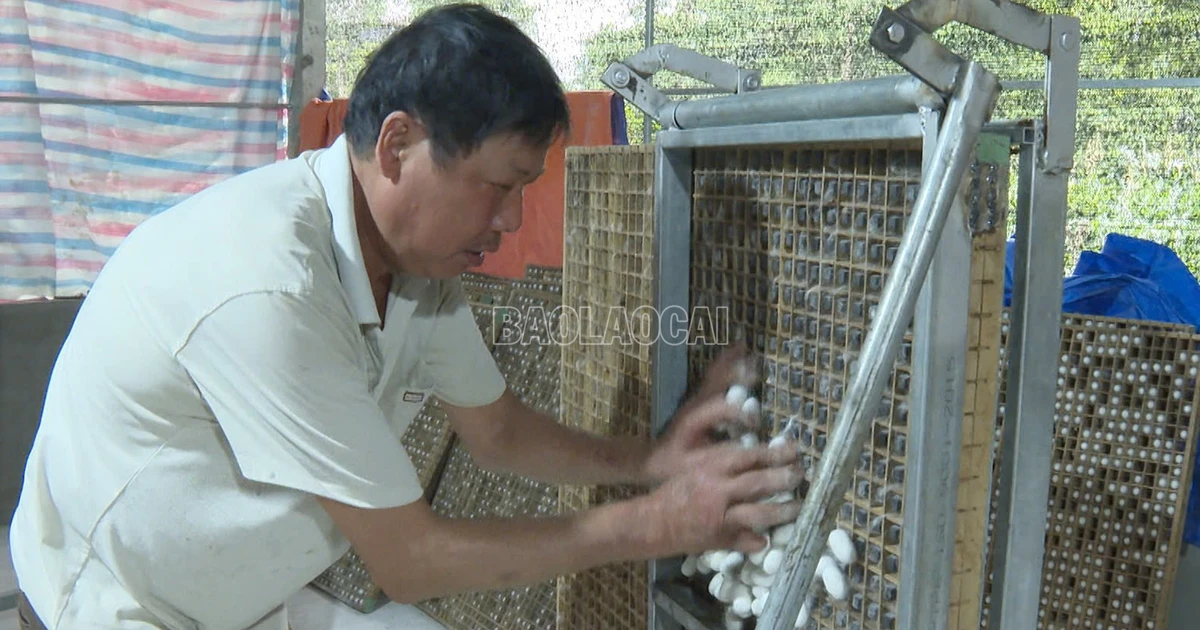



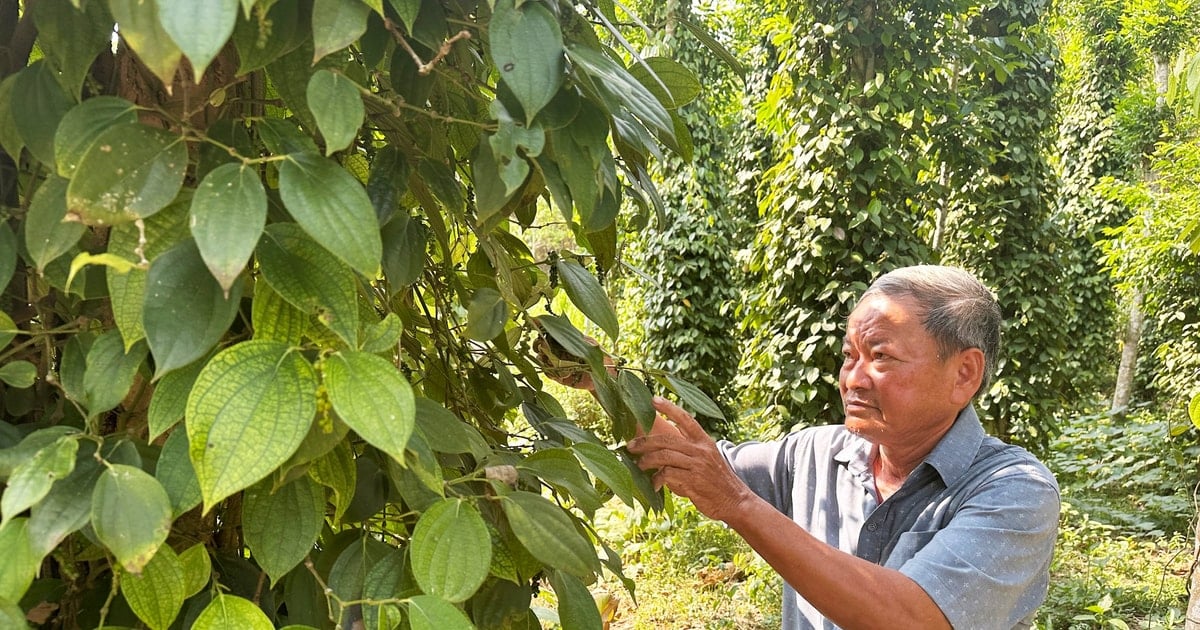
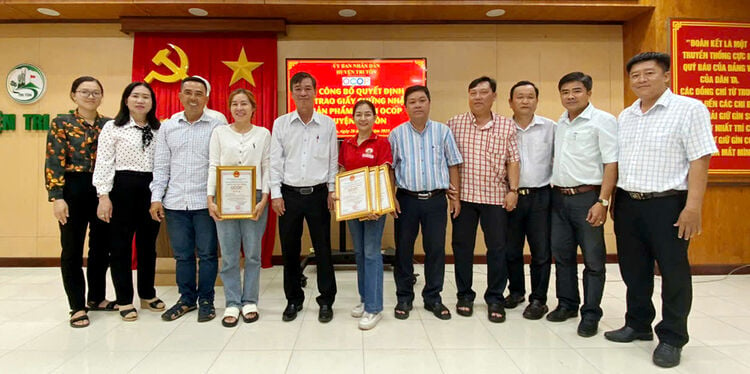

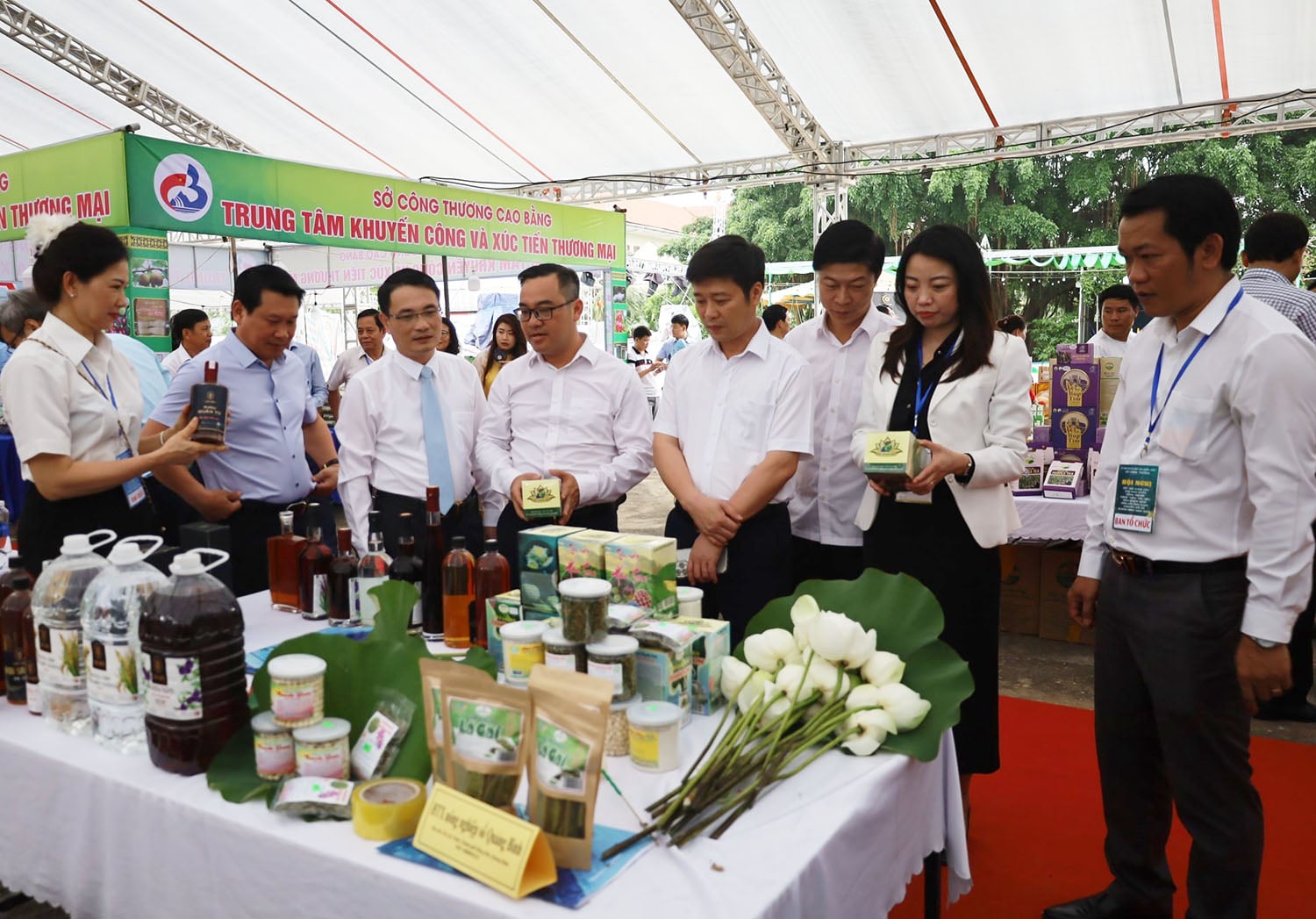



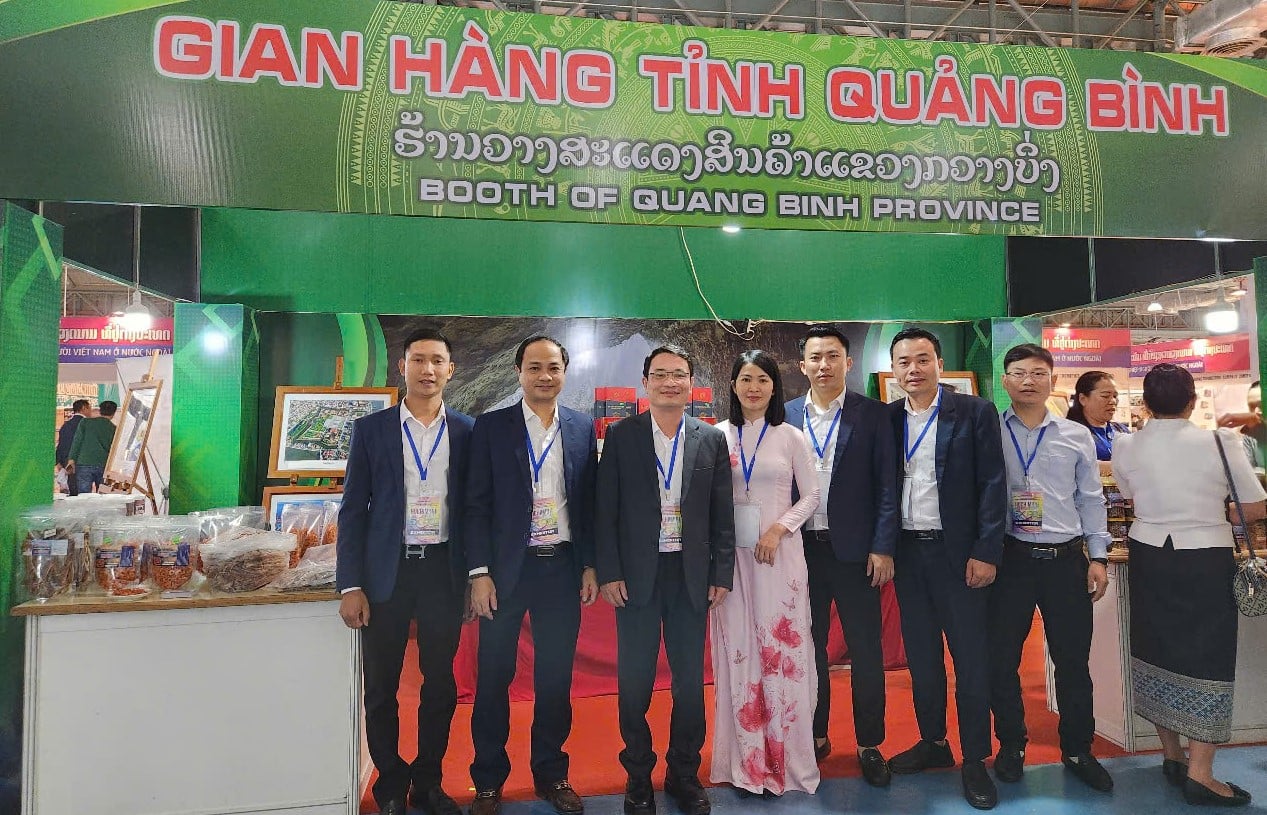
Comment (0)